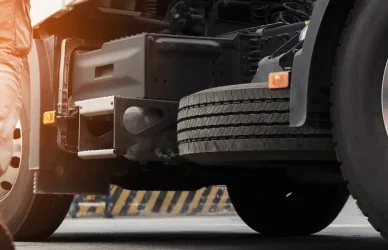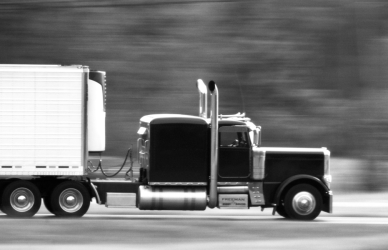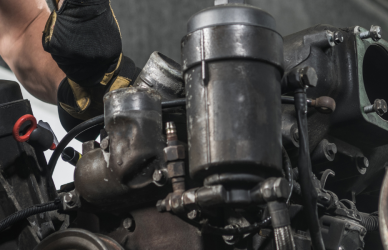We’re seeing more and more companies announcing their commitment to sustainability through aggressive goals that are no longer decades away. Some of these objectives, in fact, have interim targets as soon as 2025 which will require fairly immediate planning and investment.
Trucking fleets have some of the most difficult emissions goals to tackle. Zero-emission electric trucks would eliminate these emissions; however, beyond shorthaul and local delivery, we still have a long way to go to make that a reality. Between range and battery technology challenges, infrastructure issues, the total cost of ownership and proven over-the-road miles, electric for the long haul is going to take time. Currently, over 95% of Class 8 trucks being made are diesel, and internal combustion engines will be with us for a while. This means that to hit these aggressive goals, companies will have to work out how to get more efficiency from their diesel fuel rigs.
Here are a few things trucking leadership can work on right now to start making an immediate impact.
No Empty Miles
This one is simple in theory. Make every mile count. Avoid moving empty trucks when possible. This can prove a complicated task due to equipment compatibility and driver schedules; however, eliminating deadhead miles is becoming more and more possible.
According to the American Transportation Research Institute, deadhead miles accounted for approximately 21% of all miles in 2021.
Take advantage of technology by using apps and software designed to help with load and route optimization, load sharing and collaboration.
Beyond the unnecessary fuel consumption, empty miles mean less revenue and higher costs for everyone.
Improve Truck Aerodynamics
At highway speeds, aerodynamics contribute 50% to overall fuel economy. On a truck, the gap between the tractor and trailer can produce 25% of overall drag. This creates an opportunity to improve aerodynamics as any gap of 18 inches or more can produce increased air resistance. Covering this gap can save up to 6% of fuel.
Beyond side extenders, fleets can also look into options for tire inflation systems, wheel covers, mud flaps, and trailer skirts. The bonus to aerodynamics is that it not only improves miles per gallon for diesel and CNG engines but also will extend the range of battery-electric trucks as your fleet transitions.
The North American Council for Freight Efficiency has great resources to understand how these technologies can reduce your overall fuel consumption.
Incentivize and Educate Drivers
Ensuring that your drivers are educated on how to get the best fuel efficiency for the trucks and routes is a huge step forward.
Fleet operators can gather and analyze driver behavior to find patterns for feedback and better training. Giving real-time feedback and incentivizing drivers can lead to better mpg.
“Between the worst driver and the best driver, the difference in fuel economy can be up to 25%,” says Michael Roeth, executive director of NACFE.
The small steps we take now can not only help us make an immediate difference but help us to more quickly adopt alternative fuels as they become a more viable option.










